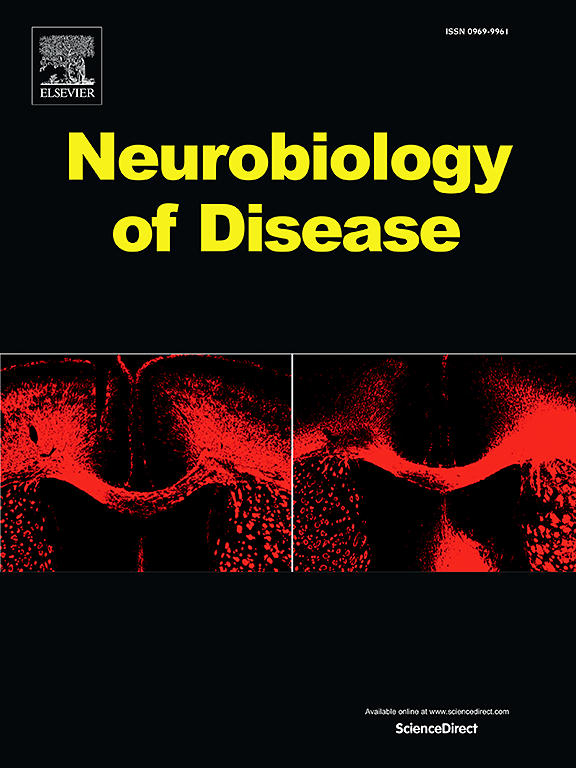丘脑束旁核向岛叶皮质的投射介导小鼠的镇痛和抗焦虑行为。
IF 5.6
2区 医学
Q1 NEUROSCIENCES
引用次数: 0
摘要
丘脑束旁核(PF)是丘脑层间核的一部分,在运动和疼痛调节中起着关键作用。在这项研究中,从前部腹侧区域到岛叶皮层(IC)背侧区域的投影是用神经解剖学方法确定的。然后,化学发生抑制或激活正常小鼠和SNI模型小鼠的PF-IC神经通路,分别引起痛觉过敏和焦虑样行为或减轻过敏和焦虑样行为。此外,在2周SNI小鼠中记录到PF神经元投射到IC的固有电生理活动的减少。最后,病毒示踪和免疫荧光组织化学染色结果表明,从PF伸出的纤维和终末主要终止在小蛋白阳性的中间神经元上。这些结果表明,在神经性疼痛条件下,PF-IC神经元通路的活性受到抑制,该通路的激活在神经损伤小鼠中表现出镇痛和抗焦虑作用。本文章由计算机程序翻译,如有差异,请以英文原文为准。
Projection from the parafascicular nucleus of the thalamus to the insular cortex mediate analgesia and anti-anxiety behaviors in mice
The parafascicular nucleus of the thalamus (PF), part of the intralaminar nuclei of the thalamus, plays critical roles in both motor and pain regulations. In this study, the projection from the ventral region of the PF to the dorsal area of the insular cortex (IC) were identified using a neuroanatomical approach. Then, chemogenetic inhibition or activation of the PF-IC neural pathway in the normal mice or in the spared nerve injury (SNI) model mice induced hyperalgesia and anxiety-like behaviors or alleviated hypersensitivity and anxiety-like behaviors, respectively. Additionally, a reduction in the intrinsic electrophysiological activity of the PF neurons projecting to the IC was recorded in 2-week SNI mice. Finally, the results of viral tracing and immunofluorescence histochemical staining demonstrated that the fibers and terminals projecting from the PF predominantly terminated on the parvalbumin-positive interneurons. These findings suggest that the activity of the PF-IC neuronal pathway is suppressed under neuropathic pain condition and that the activation of this pathway exhibits analgesic and anxiolytic effects in mice suffering from nerve injury.
求助全文
通过发布文献求助,成功后即可免费获取论文全文。
去求助
来源期刊

Neurobiology of Disease
医学-神经科学
CiteScore
11.20
自引率
3.30%
发文量
270
审稿时长
76 days
期刊介绍:
Neurobiology of Disease is a major international journal at the interface between basic and clinical neuroscience. The journal provides a forum for the publication of top quality research papers on: molecular and cellular definitions of disease mechanisms, the neural systems and underpinning behavioral disorders, the genetics of inherited neurological and psychiatric diseases, nervous system aging, and findings relevant to the development of new therapies.
 求助内容:
求助内容: 应助结果提醒方式:
应助结果提醒方式:


